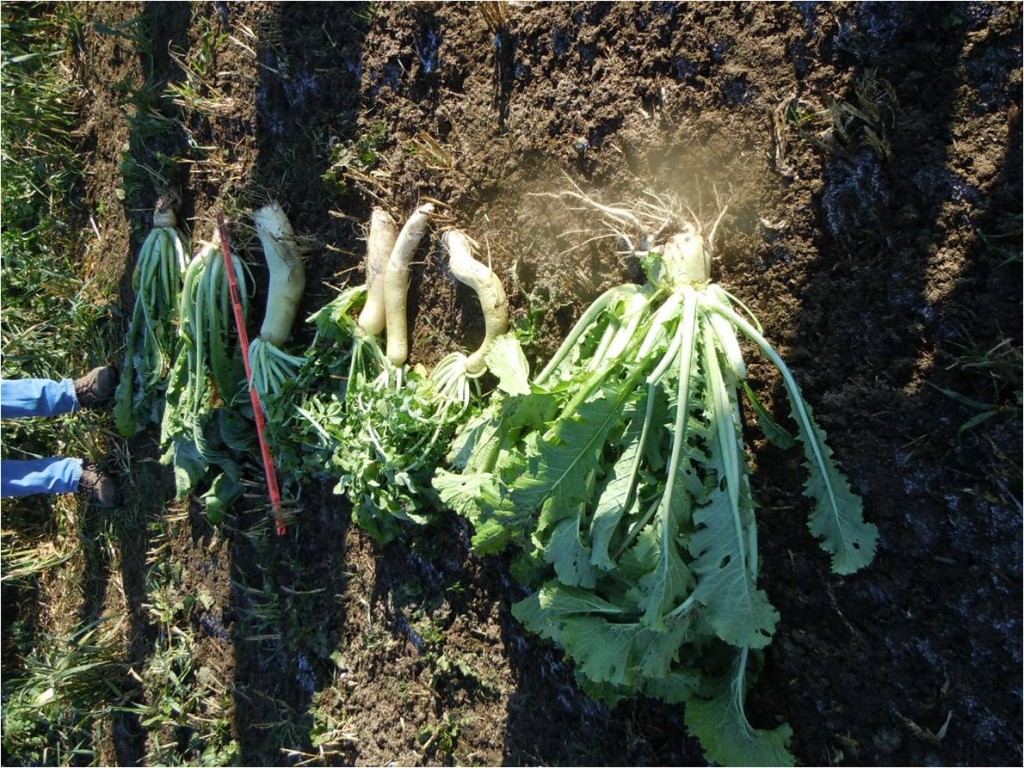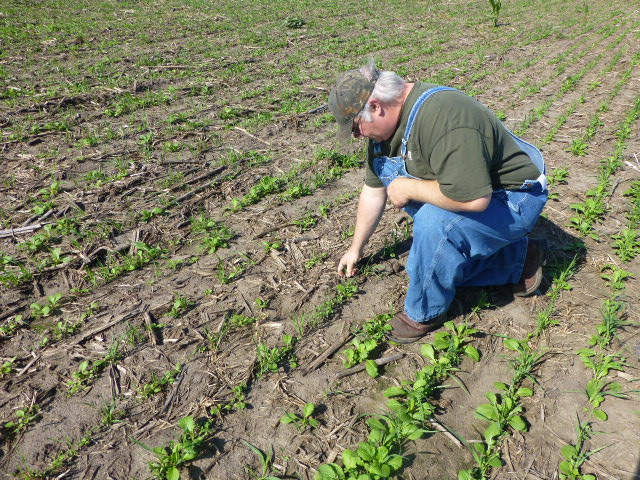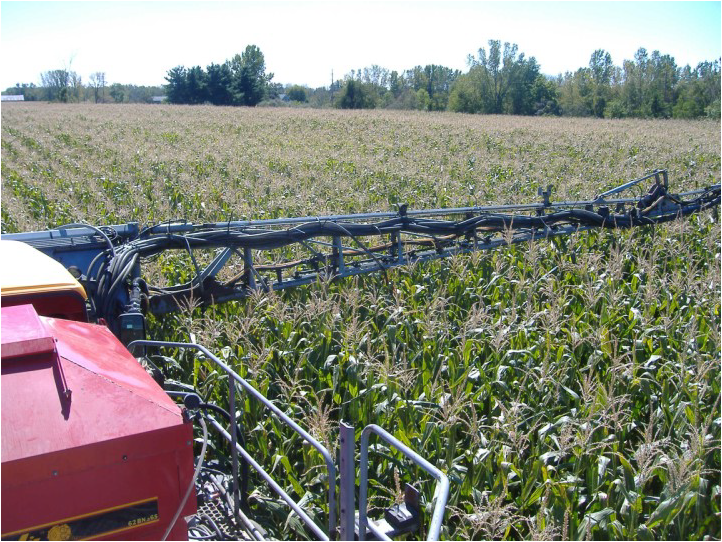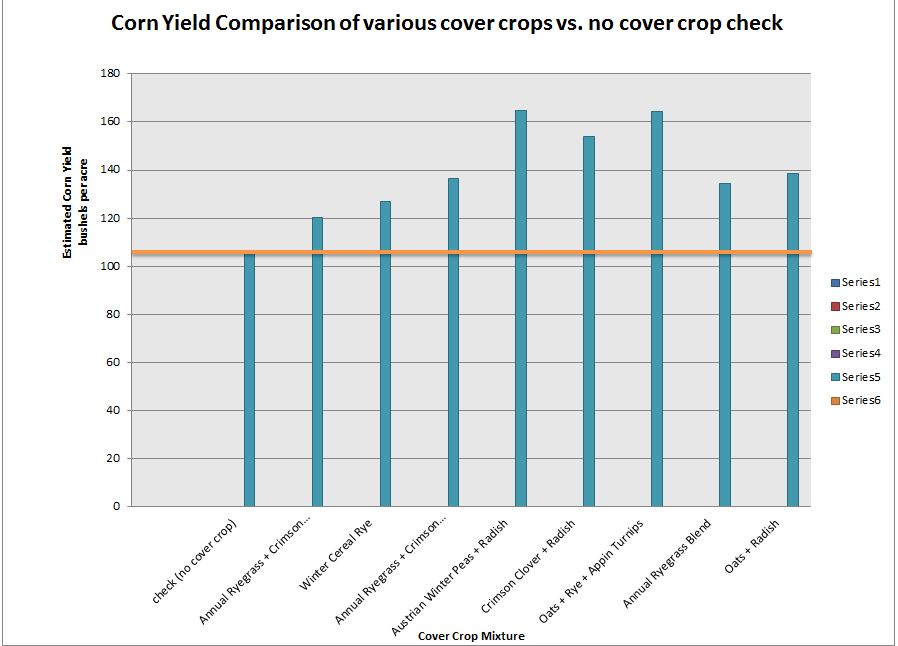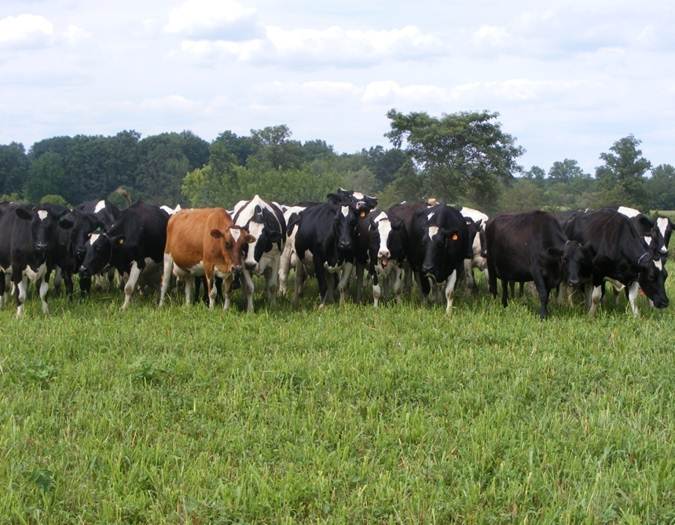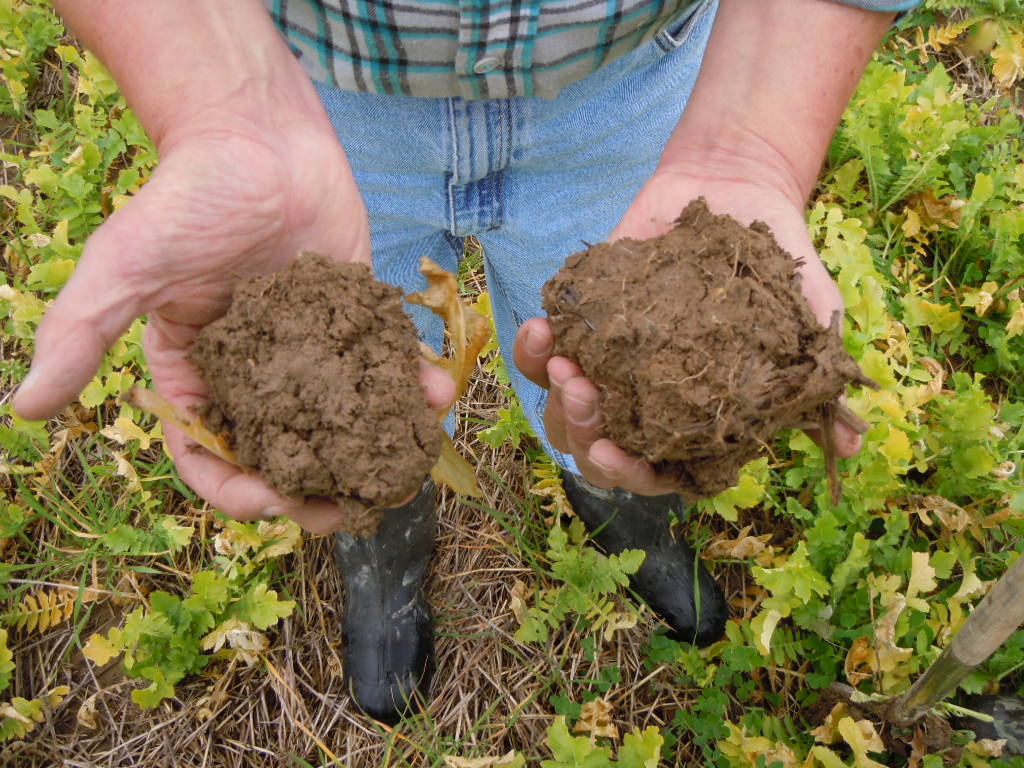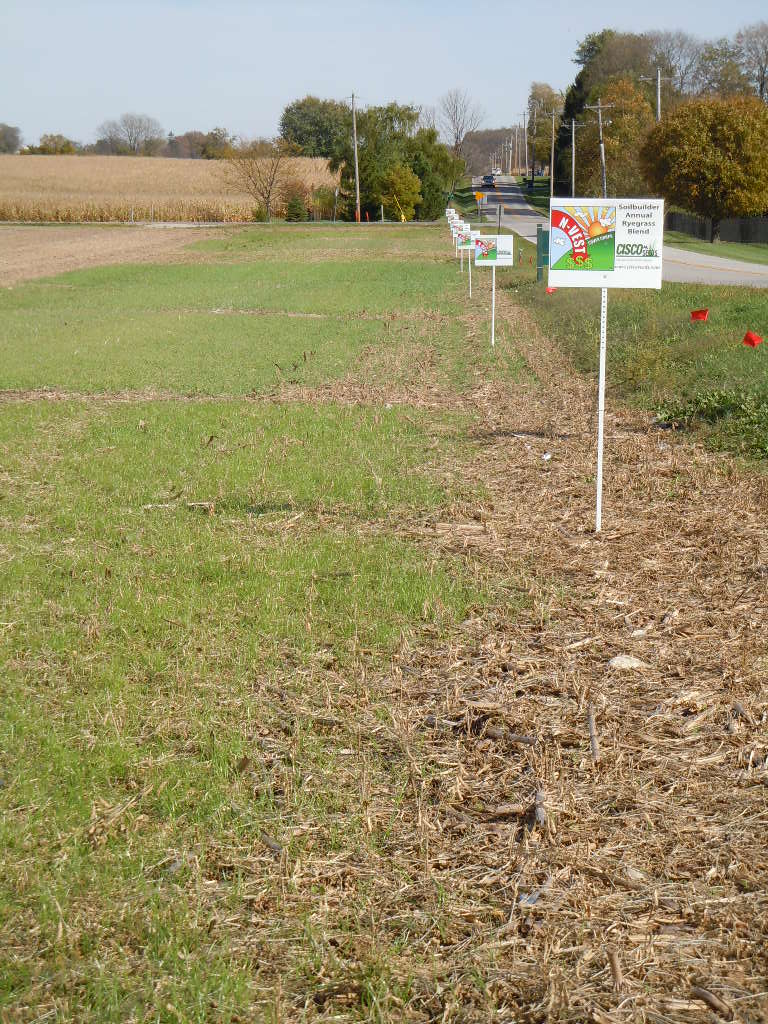Turnips
Turnips are an upright, cool season broadleaf that works well in cover crop mixes. They have leafy top growth, a bulb, and fibrous roots hairs. They tend to last longer in the fall when compared to radish and can often overwinter. Seeding Rate (lbs. / acre) Drill: 2-4 Broadcast: 3-5 In a mix: 1-2 – […]
